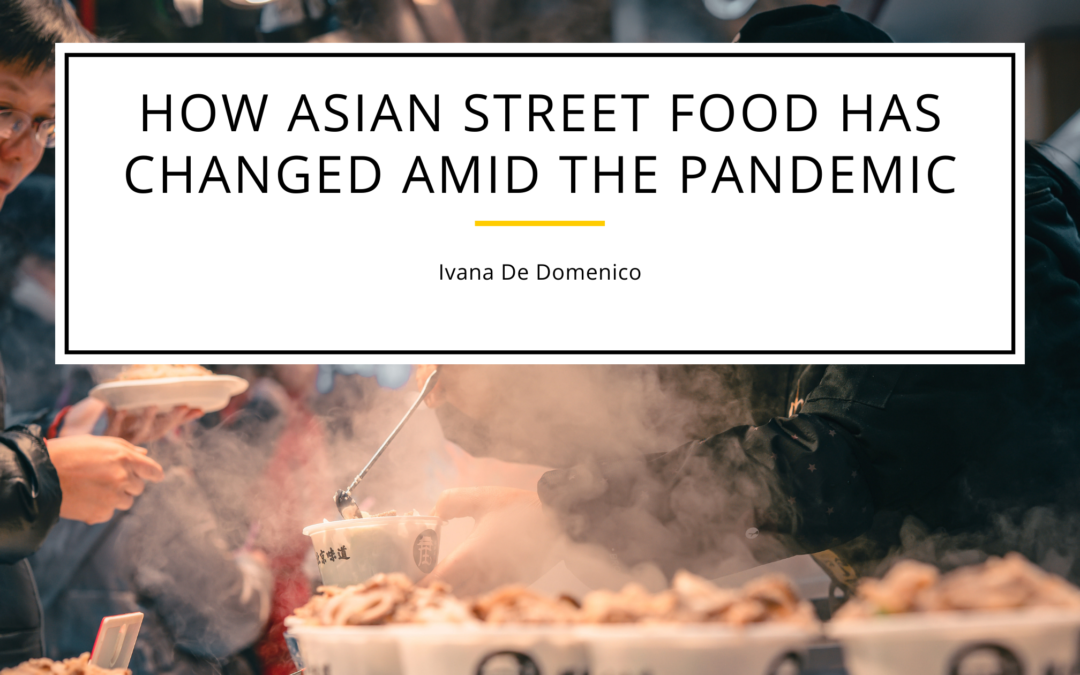Top street food cities in Asia are staring at the end of an era as the continent and the world struggles with the COVID-19 pandemic.
Lack of customers due to near-zero foot traffic on the tourist avenues and an inability to use technology for online delivery platforms demonstrate how Asian street food has changed amid the pandemic. Many vendors are almost out of business.
Shock to the System
Asian countries depend much on tourism, and an 80% decline in international tourism hid them hardest. For instance, Thailand at My 2021 got 34,000 tourists, yet it had more than 39 million at a similar time in 2019. Most travel-friendly countries like Singapore, Hong Kong, and Indonesia shut borders to tourists.
The street food sector suffered immensely because hawkers, according to a Singapore food expert K.F Seetoh “rely on daily returns, and the margins are low.” Seetoh explained they cook and sell, but the simple business model failed because they did not know about cost control and food waste management.
Tech Challenges
The median age of street food hawkers in a place like Singapore is 60, making it difficult, if not impossible, to take up tech-based intervention. Many old hawkers fear getting onto digital space. Online delivery companies are not making it easier because they take 30% of the food cost, yet hawkers make no more than 12% profit. They cannot afford 30%. Many have closed, and others will follow if things do not return to normal.
Closure Of Street Food Landmarks
Mark Ng, a food tour guide, points out that the decline of street food in Penang, Malaysia, has accelerated, and major landmarks in this business are shutting down. He gives an example of a famous eatery called Air Itam in Asma Laksa that shut for good because of pandemics and loans. The remaining food hawkers in Georgetown Penang are holding on because they have no other option and cannot afford not to work. Local patrons cannot fill the gap left by a long absence of international tourists.
Time to Change or Die
The closure of Ratchada Train Night Market in Bangkok is another sign of slows death to the Thai street food scene. A woman told Vincent Vichit-Vadakan, a food and culture journalist, that her business is 20% of the past. Another lady said, “We are on every platform to survive.” It seems changing from traditional street hawking is the way to survive. Vichit-Vadakan believes the hawkers who found a foothold are those who found an online niche through delivery companies or social media.
Public and Private Support
Street food hawkers are far down in the list priorities by local governments. Singapore government, according to Seetoh, throws money at soft culture. He cites government funding uptake of online delivery apps, yet hawkers are reluctant to use them. Vichit-Vadakan feels that Thailand has no coherent policy on street food as the government was planning to ban food carts before COVID.
The private sector is trying to cover for the perceived inefficiency of support from governments. Local street fans in Singapore use social media to promote struggling hawkers. Fans at Locall Thailand build community-based networks. However, many hawkers are just postponing closure.
Street Food after A Pandemic
Many hawkers, according to Vichit-Vadakan, will start selling online and raise prices because many hesitate to go on platforms because of high commissions. Those who joined sell fewer bowls of some tam and noodles, but they are surviving.
Seetoh notes an online shift by some of his contacts in Singapore shows Asian street food has changed amid the pandemic, but the “concepts will not last post –COVID.” He says the design of hawker centers is for people to visit them.
